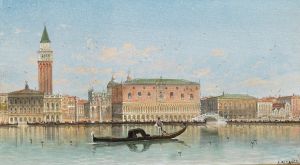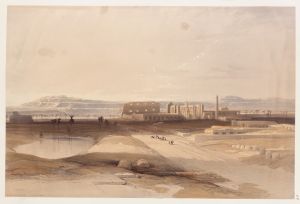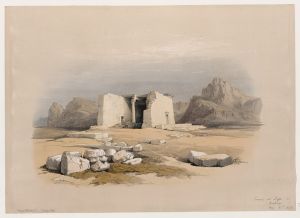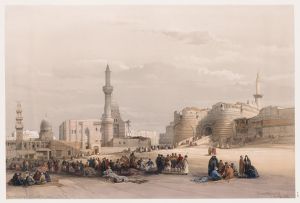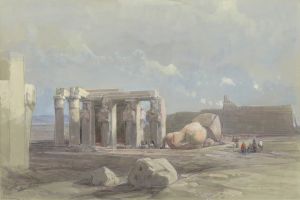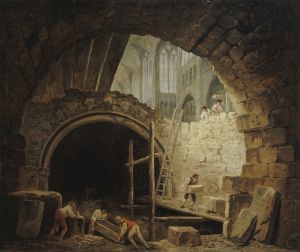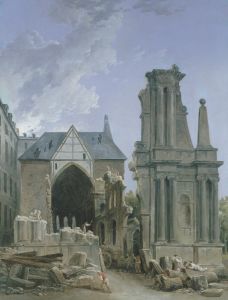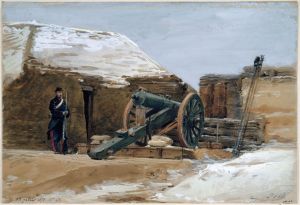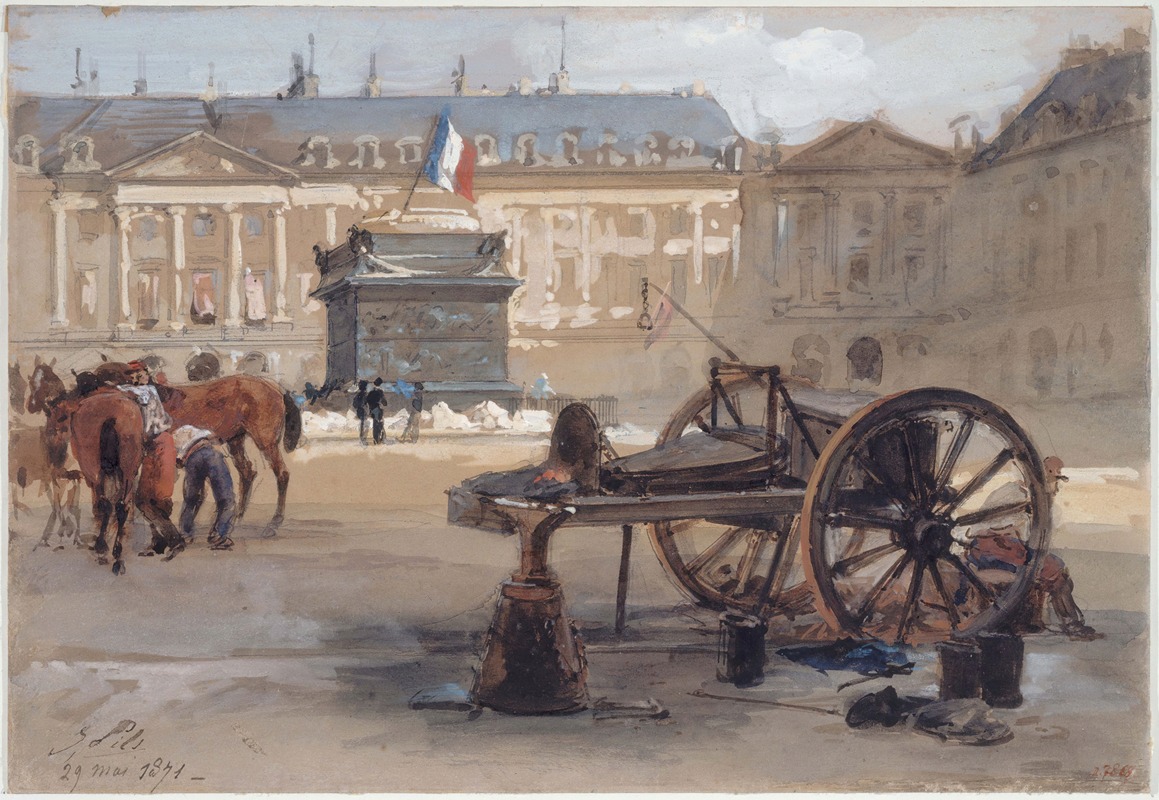
La place Vendôme après le renversement de la colonne.
A hand-painted replica of Isidore Pils’s masterpiece La place Vendôme après le renversement de la colonne., meticulously crafted by professional artists to capture the true essence of the original. Each piece is created with museum-quality canvas and rare mineral pigments, carefully painted by experienced artists with delicate brushstrokes and rich, layered colors to perfectly recreate the texture of the original artwork. Unlike machine-printed reproductions, this hand-painted version brings the painting to life, infused with the artist’s emotions and skill in every stroke. Whether for personal collection or home decoration, it instantly elevates the artistic atmosphere of any space.
"La place Vendôme après le renversement de la colonne" is a painting by the French artist Isidore Pils, created in the aftermath of a significant historical event in France. Isidore Pils, born in 1813 and deceased in 1875, was a notable painter known for his historical and genre scenes. His works often depicted contemporary events and were characterized by their attention to detail and dramatic flair.
This particular painting captures the scene at Place Vendôme in Paris following the toppling of the Vendôme Column, an event that occurred during the Paris Commune in 1871. The Vendôme Column, originally erected by Napoleon I to commemorate the victory of the Battle of Austerlitz, was a symbol of imperial power. It was modeled after Trajan's Column in Rome and featured a statue of Napoleon in Roman attire at its summit.
During the Paris Commune, a radical socialist and revolutionary government that briefly ruled Paris from March 18 to May 28, 1871, the column was seen as a symbol of oppression and militarism. On May 16, 1871, the Communards, as the members of the Commune were known, pulled down the column. This act was part of a broader movement to dismantle symbols of the previous regime and assert the Commune's revolutionary ideals.
Pils' painting captures the aftermath of this dramatic event. The scene is set in the iconic Place Vendôme, a square known for its classical architecture and historical significance. The painting likely depicts the debris and chaos following the column's destruction, offering a visual narrative of the political and social upheaval of the time. Pils' work serves as both a historical document and an artistic interpretation of the events surrounding the Commune.
Isidore Pils was a student of François-Édouard Picot and achieved recognition for his works that often depicted military and historical subjects. His ability to convey emotion and narrative through his paintings made him a respected figure in the art world of his time. "La place Vendôme après le renversement de la colonne" is an example of how Pils used his art to comment on and document the significant events of his era.
The painting is a testament to the turbulent period of the Paris Commune and reflects the broader themes of revolution and change that characterized 19th-century France. It stands as a reminder of the power of art to capture and interpret historical moments, providing insight into the societal and political dynamics of the time.
While the painting itself is a significant historical artifact, details about its current location or exhibition history are not widely documented. However, it remains an important piece for understanding the intersection of art and history during the period of the Paris Commune.





